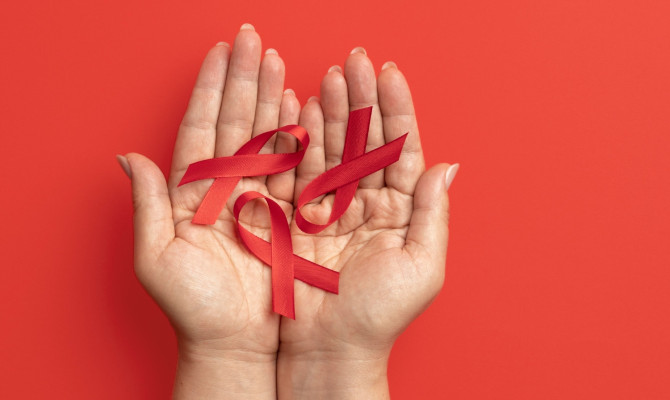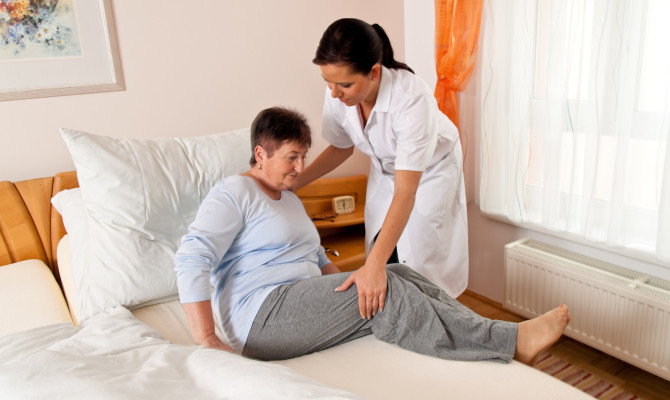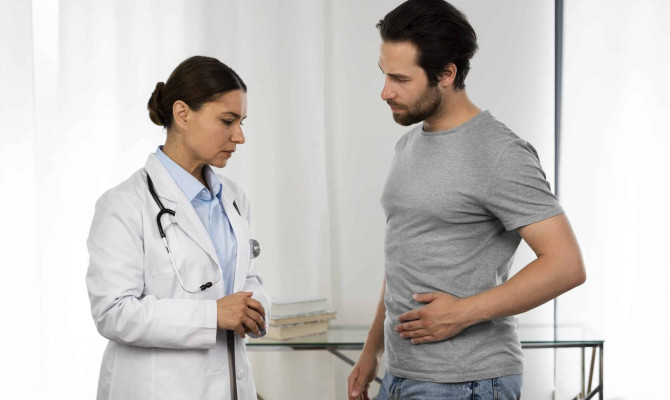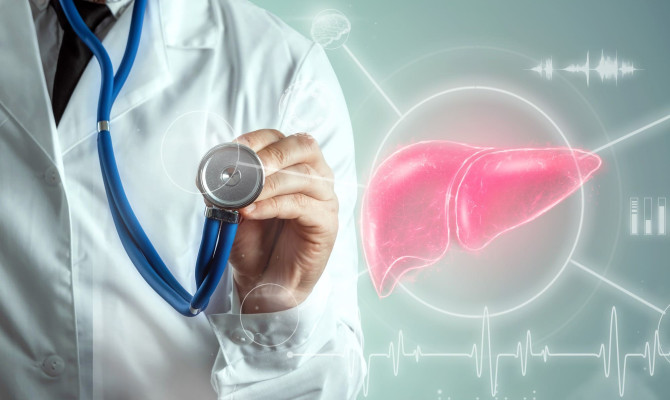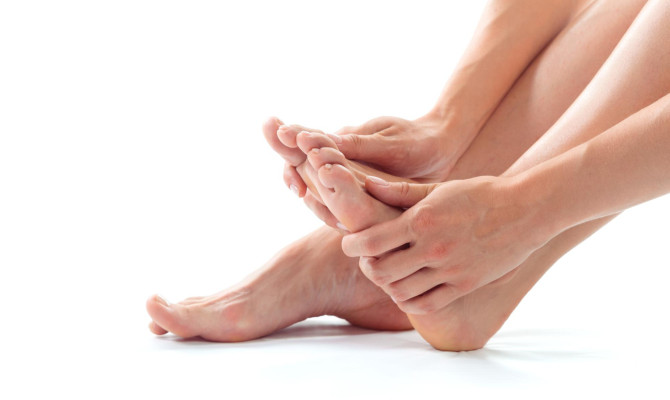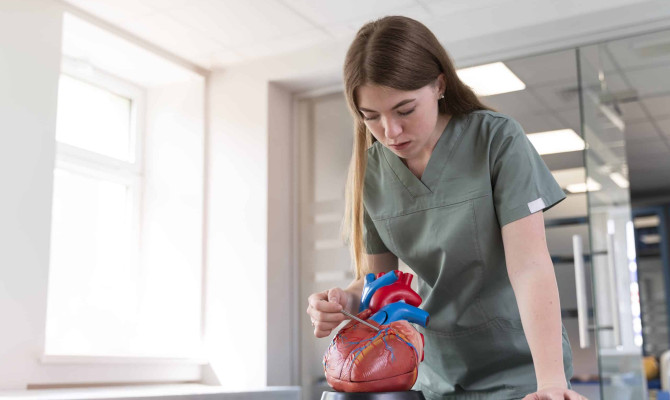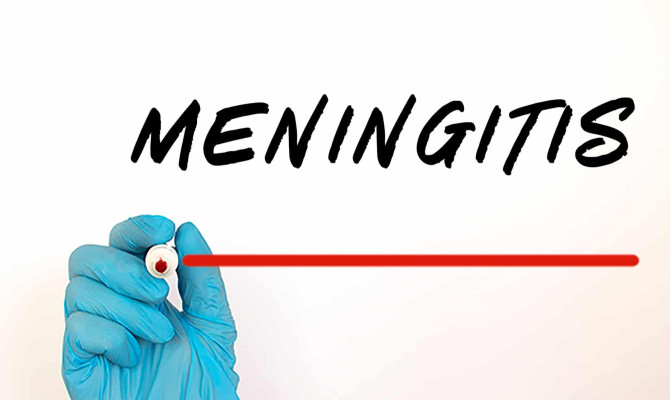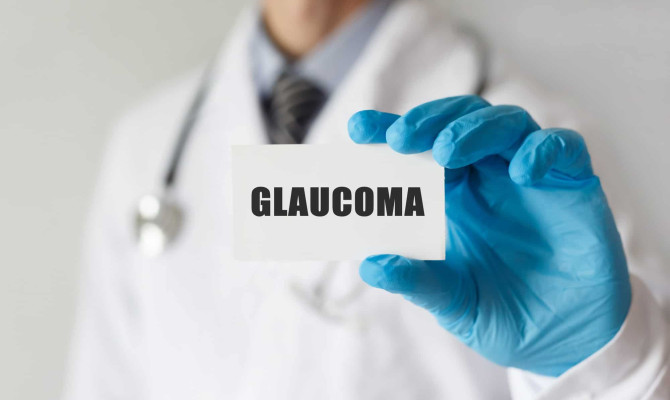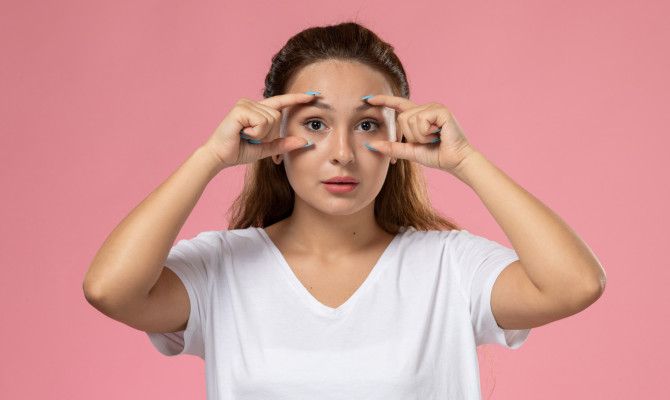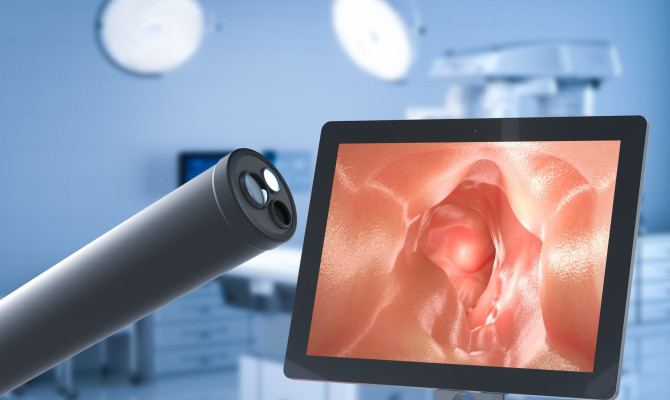Corns and Calluses : Understanding and Management

- Corns and calluses
- 14 Aug 2023
Overview
What does Corns and Calluses mean?
Two common foot conditions that can be painful and uncomfortable are calluses and corns. These conditions are brought on by pressure or friction, which causes the skin on your feet to thicken and harden. Corns and calluses can be unsightly and uncomfortable, but they are typically harmless and can be treated or avoided with good foot hygiene. Corns are characterized medically as hyperkeratosis—areas of thickened skin.
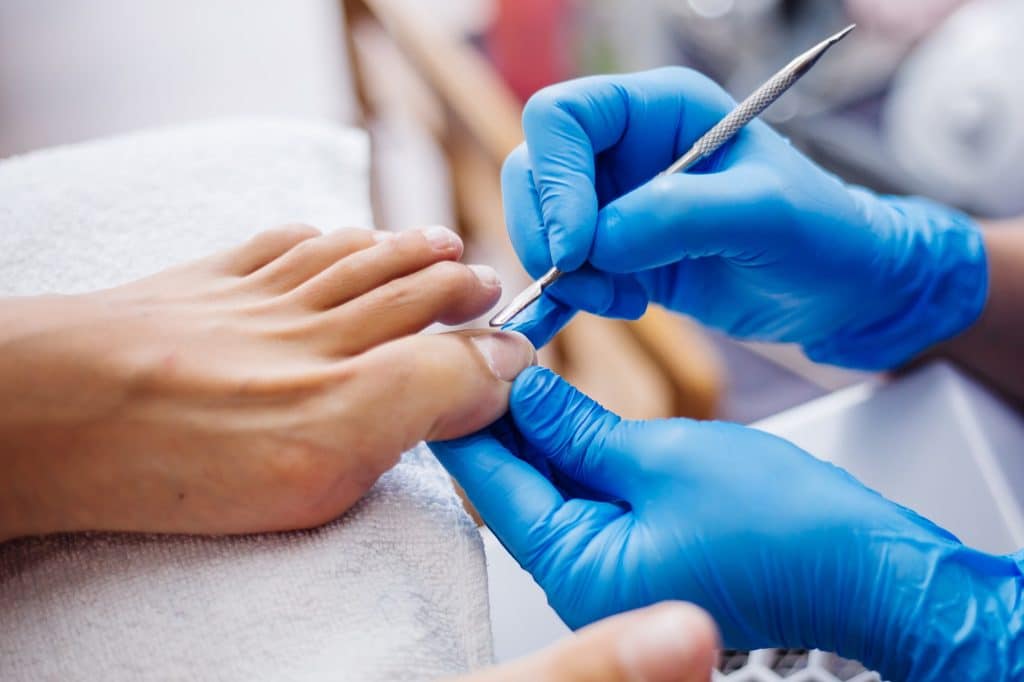
Types
What are the categories of Corns and calluses?
Corns and calluses are two different types of thickened, hardened skin that can form on the hands or feet as a result of repeated pressure or friction. However, neither their appearance nor their location is the same.
On the tops, sides, or soles of the feet, tiny, rounded or cone-shaped areas of thickened skin known as corns can form.1Types | Researched based study from nhs.uk
Corns are classified into three types
Hard corns
- Hard corns are corns with a small, raised, hard bump in the middle.
- They typically appear on the tips or tops of the toes.
Soft corns
- Soft corns resemble hard corns but are softer, and they typically develop between the toes where the skin is damp.
- They might be infected and painful.
Seed corns
- These tiny, brittle corns develop on the bottoms of the feet.
- They can be excruciatingly painful, like having small rocks embedded in your skin.
Calluses, on the other hand, are larger, flatter spots of toughened epidermis that form on the hands or feet. Although less painful than corns, they can be uncomfortable or unsightly.
Some examples of common calluses are
Plantar calluses
- These form on the soles of the feet, frequently beneath the ball of the foot or the heel.
Periungual calluses
- These form around the toes or fingers and can be painful or result in ingrown nails.
Reasons
How do specific factors influence the formation of corns and calluses?
Some of the most typical reasons for corns and calluses include the ones listed below:
Uncomfortable footwear
- Wearing footwear that is too tight or too loose can put pressure on your feet, leading to the development of corns and calluses.2Reasons | Researched based study from Mountsinai.org
High heels and Narrow Shoes
- Wearing high heels can cause skin to thicken and harden on your toes while Wearing shoes that are too small can also increase the chance of getting corns and calluses.
Walking barefoot
- Walking barefoot on hard surfaces can lead to the formation of calluses on the soles of your feet.4Reasons | Researched based study from Nlm.nih.gov
Improper foot structure or gait
- People who have an abnormal foot structure or gait are more likely to develop corns and calluses. 3Reasons | Researched based study from Harvard.edu
Medical conditions
- Certain medical conditions such as arthritis, bunions, bone spurs, or hammertoes, can increase your risk of developing corns and calluses.
Smoking
- Smoking decreases blood flow to the feet, which hinders skin healing and raises the risk of developing corns and calluses.
Symptoms
What signs do corns and calluses present with?
The sign and symptoms of corns and calluses depends on the severity, like:
- Skin that is thick and hard: Calluses and corns on the feet often resemble patches of thick, hardened skin.
- Pain or tenderness: Corns and calluses can be painful or tender to the touch, particularly if they are found on pressure points on the feet.
- Dry, flaky skin: Corns and calluses can have a dry, flaky appearance on the outside.
- Raised bump: Corns can appear on the skin as a raised bump, whereas calluses are usually flat.
- Change in Color: Calluses may be more or less pigmented than the epidermis around them.
Remedies
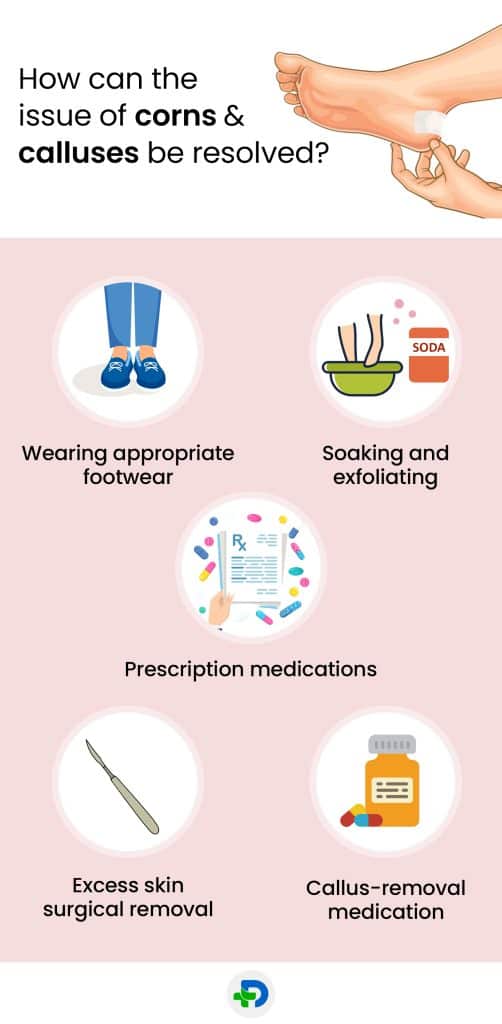
How can the issue of corns and calluses be resolved?
In most cases it can be treated at home, while more severe cases may necessitate medical attention, like:
Wearing appropriate footwear
- It includes fitting shoes with enough padding(prefer using medicated paddings) to prevent corns and calluses from forming
Soaking and exfoliating
- Corns and calluses can be made thinner by soaking your feet in warm water and exfoliating the skin with a pumice stone or foot file.5Remedies | Researched based study from Harvard.edu
Prescription medications
- Your doctor may prescribe medication like Ointments and creams to help reduce the thickness of corns and calluses.6Remedies | Researched based study from Clevelandclinic.org
Excess skin surgical removal
- The surgeon will remove the excruciatingly thickened skin during the procedure.
Callus-removal medication
- A 40% salicylic acid patch can be used to remove Calluses. 10Remedies | Researched based study from Nlm.nih.gov
Prevention
What are the Preventive measures to avoid corns and calluses to happen?
It is much easier to avoid corns and calluses than it is to treat them. Here are some preventative measures for corns and calluses:
Protect your feet with proper socks
- To protect your feet from friction and pressure use thick, breathable socks which reduce friction.8Prevention | Researched based study from Sparrow.org
Healthy weight
- Its important to maintain a proper physique because carrying extra weight puts pressure on the lower parts of body especially feet which can be a factor that can cause calluses.
Wear appropriate footwear
- Wearing shoes that fit properly and Avoiding shoes that pinch your toes Avoid shoes that pinch your toes and instead opt for styles that give your toes plenty of room to move.
- Use protective pads on the affected areas to reduce pressure and friction if you are prone to developing corns or calluses.7
Maintain good foot hygiene
- Washing your feet on a regular basis and properly trimming your toenails, can help prevent the formation of calluses 10Prevention | Researched based study from Nlm.nih.gov
Diagnosis
How are corns and calluses typically diagnosed by healthcare professionals?
The diagnosis of corns and calluses is usually simple and based mostly on a physical examination of the affected area. The goal is to confirm the diagnosis, rule out any underlying diseases, and devise an appropriate treatment plan to manage symptoms. The Steps are as mentioned below:
Physical examination
- The health care provider will start by examining the affected area and looking for any signs of thickened/hardened skin.
Medical history
- The doctor may enquire about the patient’s medical background and any underlying illnesses that could be a reason to the development of corns and calluses.
Evaluation of symptoms
- The doctor may ask if the corns or calluses are causing any pain or discomfort.
Skin Biopsy
- In order to confirm the diagnosis, the healthcare provider may perform a skin biopsy.
X-Rays
- If the corn or callus is painful or altering the alignment of the foot, X-rays may be necessary to examine the underlying bone structure.
Treatment options
- Once the doctors diagnosed, the healthcare professional may suggest treatment like wearing properly fitting shoes, utilizing OTC or prescription corn and callus pads, or, surgery to remove the thickened skin.
Complications
What problems could arise from corns and calluses if they are not treated?
In some cases, complications from corns and calluses can occur. If left untreated, they can lead to:
- Infection: causing inflammation, bulge or even cause infection like pustule.7Complications | Researched based study from Vic.gov.au
- Ulceration: development of an ulcer beneath the tough epidermis which can be painful
- Nerve damage: A corn on a nerve can cause nerve damage, resulting in numbness or tingling in the affected area.
- Pain: One may experience escalating pain before developing a prolonged secondary illness, that may be followed by pus-filled calluses.
- Bursitis: When a mucus sac between the skin and bone becomes red and swollen, antibiotic and occasionally steroid treatment is usually required. 9Complications | Researched based study from Hopkinsmedicine.org
Adverse effects
What adverse reactions might corn and calluses treatments cause?
Treatments for corns and calluses can sometimes have negative side effects, despite the fact that these conditions are rarely associated with significant side effects like:
- Products purchased without prescription: Some over-the-counter remedies such as medicated pads can irritate skin or result in allergic reactions.1Adverse effects | Researched based study from nhs.uk
- Prescribed medications: medicines containing Chemicals like salicylic acid can irritate or burn skin if not used properly.
- Surgical procedures: If not performed correctly, surgical procedures used to remove corns or calluses, such as trimming or excision, can result in bleeding, infection, or scarring.
- Other side effects of corn and callus treatments include minor burning, redness, and peeling of the skin. These effects are usually to be expected and are not cause for concern.2Adverse effects | Researched based study from Mountsinai.org
Prognosis
Prognosis
Corns and calluses have a good prognosis because they are usually not serious and can be effectively treated even with the help of OTC treatments. Corns and calluses may require more aggressive treatment in some people with underlying medical conditions or who are at higher risk of complications.[10] People with diabetes, for example, may be more susceptible to infections, In such cases, it is critical to collaborate closely with a healthcare provider to ensure that the condition is effectively managed and that any complications are addressed as soon as possible. Wearing comfortable, well-fitting shoes, avoiding activities that put excessive pressure on the feet, and maintaining good foot hygiene are all part of this.
Any feedback on this article?
 This Articles content was accurate
This Articles content was accurate Very Informative Article
Very Informative Article I have a question or a comment
I have a question or a comment
 This article contains inaccurate content
This article contains inaccurate content This article was not helpful
This article was not helpful I have a question or a comment
I have a question or a comment
We appreciate your helpful feedback!
Checkout our social pages
References
-
National Health Service
Corns and calluses | Overview | Types | Adverse effects
-
Mount Sinai
Corns and Calluses | Reasons | Adverse effects
-
Harvard Health Publishing
Calluses and corns | Reasons
-
National Library of Medicine
Corns | Reasons
-
Harvard Health Publishing
Finding relief from calluses and corns | Remedies
-
Cleveland Clinic
Corns and Calluses | Remedies
-
Victoria State Government
Feet - problems and treatments | Prevention
-
Mayo Foundation for Medical Education and Research
Corns And Calluses | Prevention
-
Johns Hopkins Medicine
Bursitis | Complications
-
National Library of Medicine
Common Foot Problems: Over-the-Counter Treatments and Home Care | Remedies | Prevention












